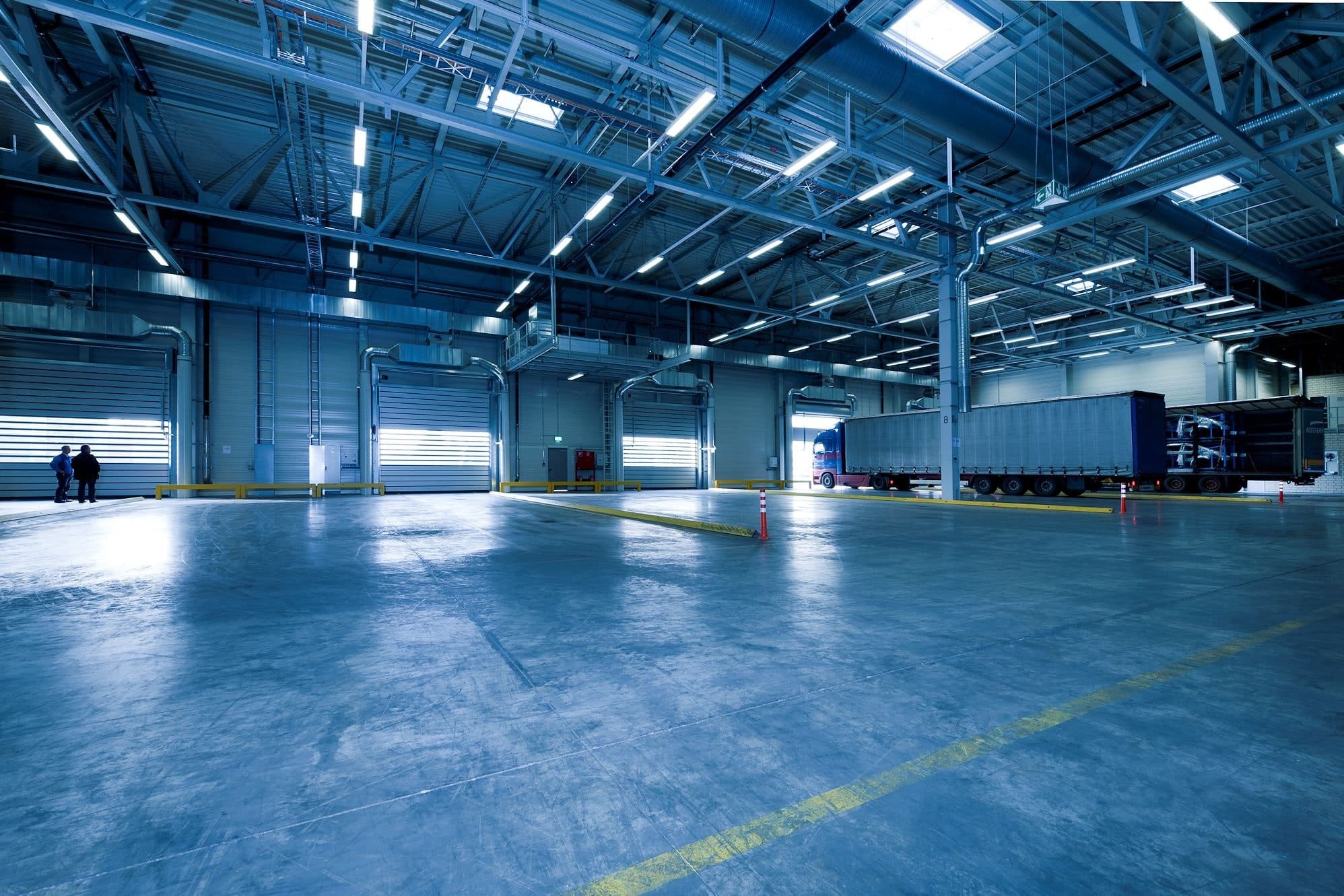Contaminated land – LRR (Land Remediation Relief)
BACKGROUND
Legislation was introduced by Finance Act 2001 Schedule 22 to provide tax relief for contaminated land for companies that have acquired land either for the purposes of their trade or as an investment.
The relief takes the form of a deduction of 150% of the cost incurred but where a company cannot obtain immediate relief it can surrender the loss to HMRC in exchange for a cash payment.
OVERVIEW
The main aspects within the legislation are:
- who can claim the relief?
- what type of expenditure qualifies for relief?
- when can tax relief be claimed?
- the rate of relief
- the cash rebate
WHO CAN CLAIM THE RELIEF?
- only companies – individuals and partnerships are excluded
- property developers can also claim the relief
WHAT TYPE OF EXPENDITURE QUALIFIES FOR RELIEF?
Relief if given for qualifying land remediation expenditure that does not otherwise qualify for tax relief and where tax relief has not previously been claimed.
The relief only applies to land situated in the UK and 5 conditions need to be satisfied. The expenditure:
- has to be on land which is contaminated at the time of acquisition:
– a person causing the contamination cannot claim the relief
– contaminated land is where harm is/may be being caused (eg asbestos) or where there is polluted water - is on relevant remediation work incurred to remedy, prevent or mitigate the impact of pollution or to restore land/water to its previous state
- has to be on employee or sub contract costs or materials incurred by the company, subject to conditions
- must have been incurred because the land was contaminated
- must not be subsidised (eg a grant) although apportionment can be applied on a just and reasonable basis to determine how much of the expenditure qualifies for tax relief
WHEN CAN TAX RELIEF BE CLAIMED?
- the claim must be made within 2 years of the end of the accounting period the expenditure was incurred
- the claim must be made in writing and within the company’s tax return
- the claim can be amended or withdrawn up to 12 months after the company’s tax return was filed
- although an investor/trader should obtain a tax deduction for capital expenditure when the cost is incurred, in the case of a property developer, where the relevant expenditure is carried forward in the value of closing stock the expenditure is effectively not deductible until charged to the profit and loss account
THE RATE OF RELIEF
The relief is 150% of the actual qualifying expenditure incurred in an accounting period.
THE CASH REBATE
Where a company is unable to claim the 150% deduction in the year of expenditure, perhaps because there are insufficient taxable profits, and it cannot surrender the loss as group/consortium relief:
- it can surrender the loss to HMRC in exchange for a tax-free cash payment of 24%
- the loss surrenderable is the lower of 150% of the qualifying land remediation expenditure and the company’s unrelieved loss for the year
- HMRC will not pay the company until its PAYE/NIC liabilities have been settled for the year of expenditure
- the repayment attracts interest
- no tax relief can be claimed in a CGT computation once land remediation relief has been claimed
EXAMPLE
£1m qualifying expenditure
x 150% = £1.5m tax deduction or, if surrendered to HMRC
£1.5m x 24% = £360,000 tax-free sum from HMRC






